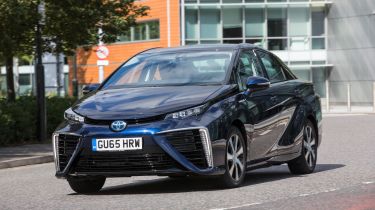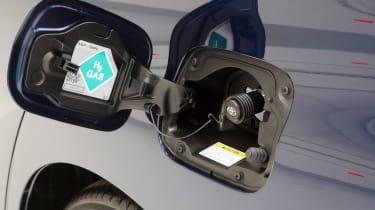Toyota Mirai saloon - Reliability & safety (2015-2020)
The Toyota Mirai should be as dependable as any of the brand’s cars and comes with all the latest safety technology
Some buyers may be worried about ‘taking the plunge’ with brand-new technology like a hydrogen fuel cell, but the reality is car manufacturers have been working on this behind closed doors for many years. Any teething problems should have been ironed out by now and it’s unlikely Toyota would put the tech on sale before it felt it was ready.
There’s also no reason to worry about the safety of hydrogen as a fuel source: the Mirai incorporates numerous measures desgined to prevent leaks or damage to the fuel tank and to avoid the possibility of mishaps during refuelling.
Toyota Mirai reliability
Toyota has been developing hydrogen fuel-cell technology since as far back as 1992, so the systems powering the Mirai have been thoroghly tested and should be no less reliable than a conventional petrol or diesel engine. Toyota backs this up by covering the Mirai with the same five-year or 100,000-mile warranty it offers on all its other brand-new cars.
Safety
This area has been a top priority for Toyota with the Mirai – especially as some potential buyers might be nervous of using hydrogen as a fuel. Strong construction and numerous fail-safes take car of the latter, while the car also boasts plenty of crash-avoiding technology. For example, a pre-collision system uses a camera and radar to monitor the road ahead and warn you of an impending impact so you can take evasive action. If you don’t the car will apply the brakes itself.
Also fitted are blind-spot monitoring, rear cross-traffic alert, adaptive cruise control (to mantain a safe difference from cars in front), hill-start assistance and a rear-view camera. Should you manage to crash the car despite all these aids, you and your passengers will be protected by a full complement of airbags, while there are ISOFIX child-seat mounting points in the back.













